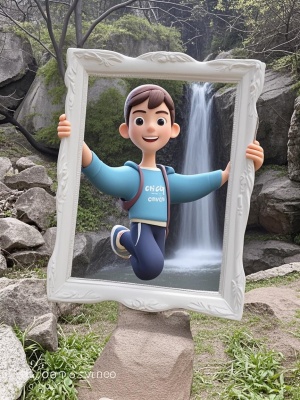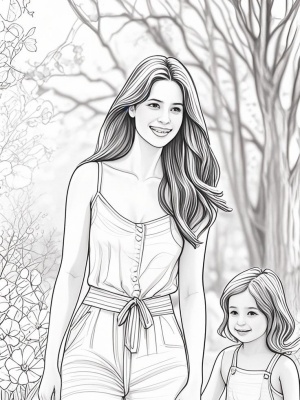The Art of Oil Painting a Portrait: A Comprehensive Guide
Oil painting a portrait is a timeless art form that captures the essence of a subject with depth, texture, and emotion. Whether you're a beginner or an experienced artist, mastering oil portrait painting requires understanding techniques, materials, and the nuances of human expression. This guide explores the key aspects of creating stunning oil portraits, from preparation to finishing touches.
Essential Materials for Oil Portrait Painting
Before starting your oil portrait, gathering the right materials is crucial. Quality tools can significantly impact your painting's outcome.
Choosing the Right Oil Paints
Professional-grade oil paints offer better pigmentation and consistency. Consider these options:
- Student-grade paints for beginners
- Artist-grade paints for advanced work
- Fast-drying alkyd oils for quicker results
Brushes and Surfaces
The right brush selection depends on your painting style:
- Round brushes for detailing facial features
- Flat brushes for broader areas
- Filbert brushes for soft blending
For surfaces, consider stretched canvas or linen panels, which provide excellent texture for portraits.
Preparing Your Portrait Composition

Proper preparation separates amateur from professional portrait work. Start with these steps:

Creating an Accurate Drawing
Begin with a detailed sketch using charcoal or thin paint. Pay special attention to:
- Proportions of facial features
- Light and shadow placement
- Overall composition balance
Establishing Values
Create a value study before applying color. This monochromatic underpainting helps establish:
- The lightest highlights
- Mid-tone values
- Darkest shadows
For more on composition techniques, explore our AI Painting Guide which offers complementary digital approaches.
Painting Techniques for Realistic Portraits
Mastering these oil painting techniques will bring your portraits to life:
Layering and Glazing
The traditional fat-over-lean approach involves:
- Starting with thin paint layers
- Gradually increasing oil content
- Using glazes for depth and luminosity
Skin Tone Mixing
Creating realistic flesh tones requires understanding color temperature:
- Warm tones for well-lit areas
- Cool tones for shadows
- Neutral tones for transitions
For inspiration, browse our family portrait gallery showcasing various skin tone approaches.
Common Challenges and Solutions
Even experienced portrait painters encounter these issues:
| Problem | Solution |
|---|---|
| Muddy colors | Limit palette to 3-4 base colors |
| Overworked areas | Work alla prima for fresh strokes |
| Drying time issues | Use fast-drying mediums |
Finishing and Preserving Your Portrait
Proper finishing ensures your oil portrait lasts for generations:
Varnishing Techniques
Wait 6-12 months before applying final varnish. Consider:
- Gloss varnish for depth
- Matte varnish for even finish
- Retouch varnish for interim protection
Framing and Display
Choose frames that complement without overpowering. Museum glass protects from UV damage while maintaining color accuracy.
Conclusion
Oil painting a portrait is a rewarding journey that combines technical skill with artistic expression. By mastering materials, techniques, and problem-solving approaches, you can create portraits that capture not just likeness, but the soul of your subject. For more artistic inspiration, visit our art blog featuring portrait techniques from classical to contemporary styles.

Remember, every portrait is a learning experience. As portrait artist John Singer Sargent once said, "A portrait is a painting with something wrong with the mouth." Embrace the process, and your skills will grow with each painting.